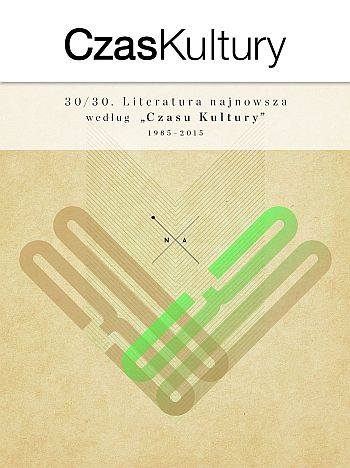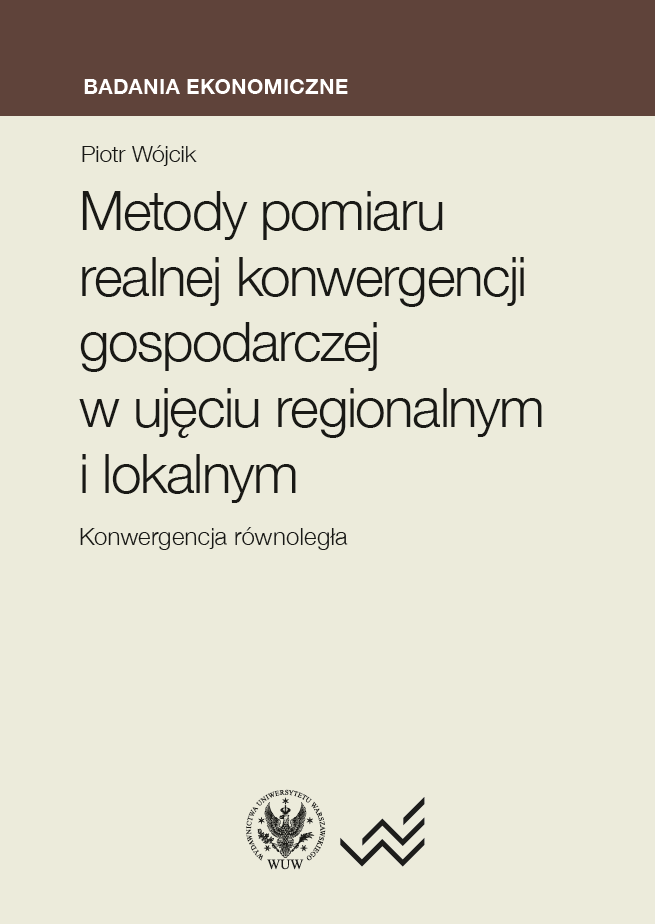
The 90's
Lata 90.
Keywords: Polish literature;Poland 90's;polish literary studies;
Marek Kwiek, Dlaczego postmodernizm?; Tadeusz Komendant, Na dwie strony; Jakub Barełkowski, Jakub Żmidziński, Rozmowa z Andrzejem Stasiukiem; Jerzy Borowczyk, Wiesław Ratajczak, Rozmowa z Krzysztofem Koehlerem; Bogumiła Kaniewska, Portret Izabeli F.; Tadeusz Żukowski, Dwa lustra świata: negatyw–pozytyw; Marek Wilczyński, Opowieść o dwóch miastach; Piotr Sliwiński, Lekkość, znośność, przemijanie; Marek Wedemann, Niebo czy literatura?; Piotr Kępiński, Wiesław Ratajczak, Rozmowa z Mariuszem Grzebalskim;
More...














